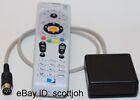
Akai GX-R66 Stereo Cassette Deck







This Akai GX-R66 is a auto-reverse stereo cassette deck with Dolby B and C and DBX noise reduction, it was first sold by Akai in 1984 with a list price of USD $420.
The main features of the Akai GX-R66 are: 2 heads, digital tape counter with 4 digits, automatic tape type selection and capable of handling normal, chrome and metal tapes, belt driven auto reverse transport.
Typical front loading cassette deck with the cassette compartiment located on the left side of the deck. Tape eject is operated mechanically and the cassette needs to be placed with the side to be played facing forward in the cassette well.
Level meters used on the GX-R66 are generic digital peak reading meters. Full-logic transport controls used on the GX-R66 let it respond to the slightest finger contact for fast and effortless transport function selection.
Dolby C-type used in the GX-R66 provides 20 dB of noise reduction above about 1,000 Hz, fully doubling the amount given by B-type. Dbx Type II found in the GX-R66 is a simplified version of the Type I noise reduction system. The dbx Type II system was designed to be used with systems with limited bandwidth such as cassette based recorders and also uses a simple 2:1:2 compander to reduce noise. The 19kHz multiplex pilot slgnal present in FM stereo broadcasts can cause false triggering of the noise reduction system. The switchable MPX filter of the GX-R66 filters out the pilot signal, and assuring proper Dolby processing of FM stereo programs.
To make live recordings this deck has 2 microphone inputs to connect microphones with a jack connector. For undisturbed listening a jack connector for a pair of stereo headphones is supplied. Connection to other audio components for plaback can be achieved by a RCA cable and recording from a source by a RCA cable. All main transport commands can be issued remotely with a wired remote control.

- Super GX
- Twin Field GX Head
- IPLS (Instant Program Locating System)
- RPPS (Random Program Play System)
Historic events
Features of Akai GX-R66
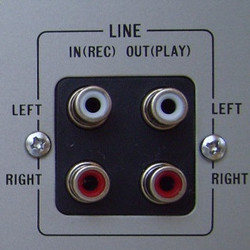
 2 Mono Microphone Inputs
2 Mono Microphone Inputs
 RCA Input/Output Connectors
RCA Input/Output Connectors
 Headphones
Headphones
 Wired Remote Control
Wired Remote Control
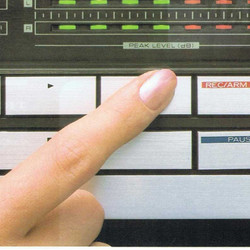
 3-Position Direction Selector
3-Position Direction Selector
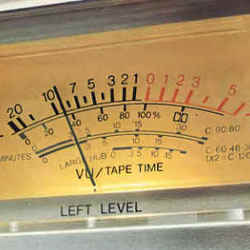
 Digital Peak-Reading Meters
Digital Peak-Reading Meters
 4-Digıt Digital Counter
4-Digıt Digital Counter

 Record Protection
Record Protection

 Orientation Left
Orientation Left
 Black Finish
Black Finish
 Front Loading
Front Loading

 Stereo
Stereo
 Reverse recording
Reverse recording
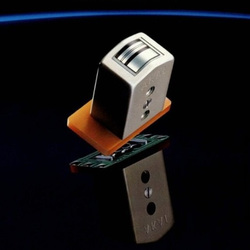
 2 Head Desiǥn
2 Head Desiǥn
 4 Track / 2 Channel
4 Track / 2 Channel
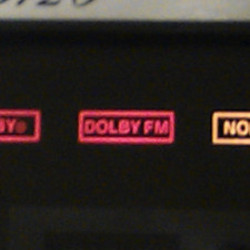
 Dolby C
Dolby C
 Dolby B
Dolby B
 Cassette Back Lighting
Cassette Back Lighting
 MPX
MPX

 Dolby-B Noise Reduction
Dolby-B Noise Reduction
 MPX Filter
MPX Filter
 Dolby-C Noise Reduction
Dolby-C Noise Reduction
 DBX Type II Noise Reduction
DBX Type II Noise Reduction

 Music Scan
Music Scan
 Full Logic Transport Control
Full Logic Transport Control
 Timer Recording/Playback
Timer Recording/Playback
 Blank Skip
Blank Skip
 Memory Tape Locations
Memory Tape Locations
 Intro Scan
Intro Scan
 Auto-Space
Auto-Space
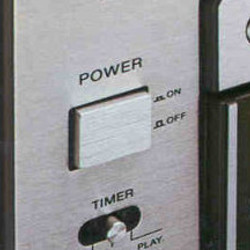
 Alternating Current
Alternating Current

 Output-Level Control
Output-Level Control
 Master Record Level Control
Master Record Level Control
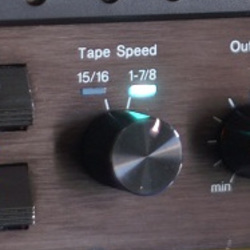
 1⅞ ips - 4.76 cm/s
1⅞ ips - 4.76 cm/s

 Automatic Tape Type Selection
Automatic Tape Type Selection
 Normal Tape Capabılity
Normal Tape Capabılity
 Chrome Tape Capabılity
Chrome Tape Capabılity
 Metal Tape Capabılity
Metal Tape Capabılity
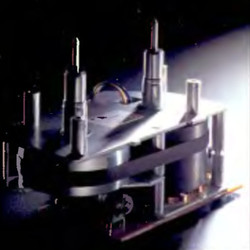
 Auto Reverse
Auto Reverse
 Quick Auto Reverse
Quick Auto Reverse
 Auto Shutoff
Auto Shutoff
 Mechanical Tape Loading
Mechanical Tape Loading
 Single Capsŧan Transport (x2)
Single Capsŧan Transport (x2)
 Belt Drive (Capsŧan)
Belt Drive (Capsŧan)
Shop Akai GX-R66 items currently for sale
Last update on Apr 20, 2024 9:10:59 AM CEST
The products for sale contains items that link to partners of CassetteDeck.org and may result in us receiving commission from purchases made.
Similar to Akai GX-R66 from the period 1984
Copying product information from this page and use it in your auction or on your website is allowed only if you submit a picture of the Akai GX-R66 to us. This picture has to be made by yourself, showing the deck with its entire front and containing no watermarks or logos. In case we discover that you copied Akai GX-R66 content without sharing images in return then you give us the right to use the content on the page where you used our Akai GX-R66 information.

